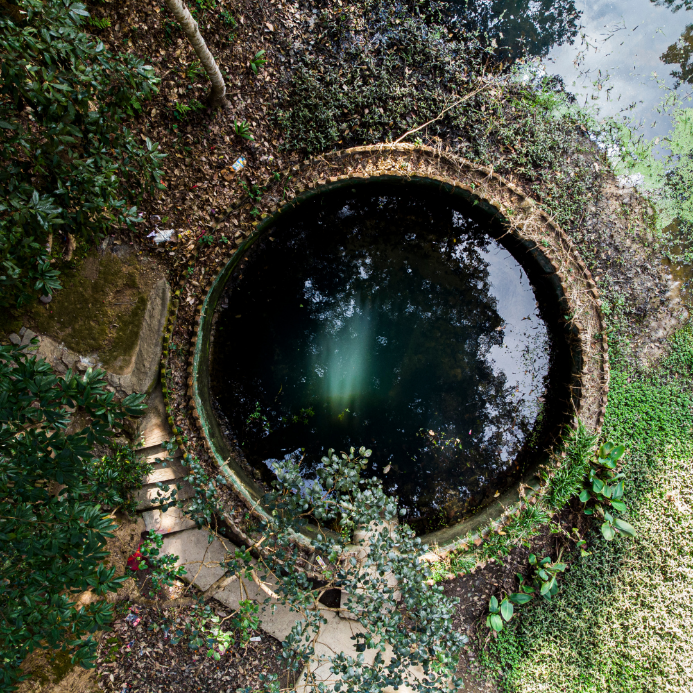Water is crucial for life to continue. In developing countries like India, where some remote regions still suffer from water scarcity, we should proactively invest in recharging groundwater and increasing water levels.
The Indian government is actively working on its master plan to promote groundwater recharge in each state. However, the efforts will be successful when the plan is implemented properly. Even commercial and residential property owners should do their bit to save and recharge groundwater levels. Rainy Filters is a water harvesting system provider with different products to harvest rainwater and recharge groundwater on industrial, commercial, and residential properties.

Let’s look at some effective artificial recharge methods to increase groundwater levels.
Spreading Basins
It is a process where the artificial basins are flooded with surface water. Highly permeable soils are the best for spreading basins. Water is released from these basins based on the inflow rate, percolation rate, and the capacity of horizontal water movement. Regular maintenance is necessary to prevent algae formation and degradation of water quality.
Recharge Pits/ Shafts
Recharge shafts or pits are useful in areas where spreading basins are ineffective. It is an artificial structure built to resemble a closed well. The water in the pit will decrease over time due to thin sediments that settle at the bottom and sides of the pits. Regular maintenance will ensure good water quality and prevent the depletion of water levels, though this can still happen based on the usage.

Injection Wells
Injection wells are installed when bore pumps are already in place which leads to a decrease in groundwater levels due to constant usage. Rainy Filters uses an indigenous and patented V-Wire Injection Well Technology to recharge depleting groundwater. The V-wire screens rely on gravitational force and don’t need any additional energy resources to run. They are durable and last for a long time.
Simply put, running rainwater is diverted through a channel into a slit trap pit. This pit is connected to a storage well with filters. The V-wire screen is placed inside the well over and below the percolator pipe. Each time it rains, the excess water on the ground will be diverted into the injection well to recharge groundwater.
Check Dams/ Nala Bunds
Check dams are constructed across smaller streams that have a gentle slope. They can be built on different types of soil and store water for shorter durations. The walls of the check dams are small (around two meters) so that excess water flows over. This excess is contained in used water cushions downstream. Additionally, smaller tanks are built around the check dam to transfer the water for distribution and use. That way, excess water doesn’t flow into the seas and can be used in the place of groundwater.

Hillside Rainwater Harvesting
People living in hilly regions can collect rainwater that rushes down the hill slopes. This not only saves water but also prevents the excess from flooding their homes and farms. Small drains are contoured along the hillsides to streamline the water flow and channel them into a cistern at the bottom. This water is then supplied for irrigation and domestic requirements.
Rooftop Rainwater Harvesting
Rooftop rainwater harvesting is most suitable for urban regions. In this method, the rainwater collected on the roofs is channelled into exclusively designed rainwater harvesting pits. Instead of letting the water gush through the drain pipes, it is collected in a well built into the ground. The well has layers of sand and gravel at the bottom to filter and store the rainwater. This can either be further cleaned and used or released into the ground.
Farm Ponds
Farm ponds are traditional storage centres where the collected water is used for irrigational purposes and drinking. The design, shape, size, and location of the farm ponds depend on the region, soil type, rainfall percentage, land usage pattern, permeability, and other aspects.
Conclusion
With proper guidance and planning, you can do your bit to recharge ground water and prevent water scarcity in our country. Talk to our team to find the best method of rainwater harvesting and groundwater recharge based on your budget, location, and requirements.
Call us today to know more!

